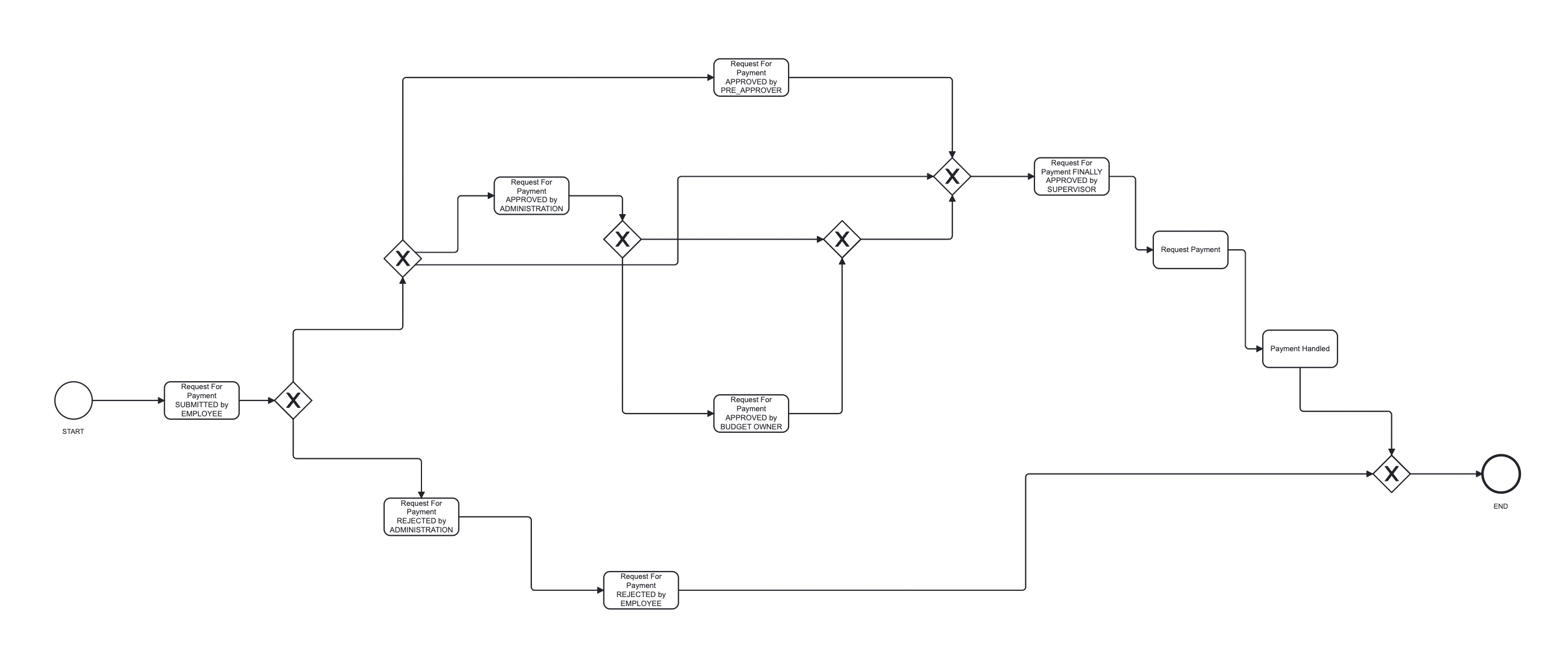
Process Mining - Functionality, benefits, and fields of application
Process Mining - Functionality, benefits, and fields of application
Process mining is a methodology for automatically analyzing and reconstructing process flows from digital event data. AI algorithms are used to X-ray business processes in order to uncover bottlenecks, detect idle times, identify deviations from target processes, and quantify optimization potential.
The areas of application of process mining are manifold, e.g. in manufacturing, logistics, service or health care, in order to analyze business processes and to monitor process conformity.
Process Mining in a Nutshell
- Digital event data, so-called event logs, are used as the data basis for process mining.
- With process mining, you can perform an automated fact-based analysis of your actual process flows (process discovery).
- Process mining algorithms can reconstruct fact-based process models from event logs, which were previously constructed with comparatively high manual effort.
- The obtained process models can be used for monitoring and quantification of process conformance (e.g. in the context of continuous online monitoring) and for performance analysis.
What is Process Mining?
In process mining, a fundamental distinction is made between process analysis (process discovery), process modeling and the application of process models in the context of process monitoring (conformance checking) and performance analysis.
- Process analysis focuses on the extraction of process information from existing data sources (e.g. from event logs) or other records. The purpose is to survey the actual process flow, identify unnecessary steps or other problems in the process flow in order to increase the efficiency and effectiveness of the processes.
- Process Modeling involves training a process model (e.g., in the form of a BPMN model) that reflects the actual steps, dependencies, and resource requirements that occur during the execution of a process. Process models can be automatically reengineered from event logs.
- Process monitoring (conformance checking) compares event logs of actual process execution to the process model to identify and locate discrepancies between the process model and actual execution. These discrepancies may indicate that the process is not executing as planned in practice or that the process model is outdated or incorrect.
- Performance analysis is used to identify patterns and trends in the process, as well as to identify bottlenecks, delays, or inefficient steps. Based on this analysis, improvements can then be made to the process to continually increase efficiency and effectiveness, thus optimizing process performance.

AltaSigma Model Management - BPMN Process Model Viewer
What are the most important algorithms in process mining?
Process mining algorithms are mainly used in the process discovery phase to extract process models from event logs as efficiently as possible. Common algorithms here are α-algorithms, heuristic mining algorithms and inductive mining algorithms. Due to their flexibility, scalability and ability to derive sound process models from event logs, inductive mining algorithms are the most popular methods in the context of process discovery.
What added value do process mining algorithms provide in practice?
The application of process mining brings a number of benefits if the transaction data underlying the business processes is available and can be converted into an event log format, e.g.
- Automated modeling of business processes: time-consuming and tedious modeling of business processes (including with BPMN) is a thing of the past and can be extracted from event logs in the future.
- Fast explorative analysis and visualization of processes: Process flows can be easily filtered, visualized and analyzed multidimensionally, as is the case with classic BI applications.
- Process compliance: process mining tools can be used to automatically monitor process compliance by identifying process deviations and potential compliance risks at an early stage.
- Identification of bottlenecks: by analyzing process data, impending resource bottlenecks can be identified automatically to avoid the occurrence of process inefficiencies.
- Measurement of process performance: the analysis of process performance can be automated and continuous to ensure the effectiveness and efficiency of processes.
Where are typical areas of application for process mining?
Process Mining can be applied in almost every industry where complex processes exist and an efficient and sustainable process optimization helps to secure and strengthen the competitive situation. The following are examples of some application areas for process mining:
- Financial Services: Process mining is used in the financial sector to optimize and monitor business processes such as credit applications or compliance checks.
- Healthcare: in hospitals, for example, processes such as patient admissions, treatments or billing processes can be analyzed and monitored.
- Logistics: typical areas of application can be found in the optimization of order processing or warehouse management.
- Insurance: Process mining is used in the insurance industry in the context of claims reporting, billing processes or policy management.
- Manufacturing: by using process mining, processes such as material procurement, material flow or quality control can be optimized and an automated value stream analysis can be established.
- Telecommunications: applications of process mining can be found in termination management, complaint management, contract management, or incident resolution.
- Public Sector: Process mining is used in public authorities to improve processes such as applying for and issuing permits or monitoring rule violations.
The fields of application for process mining are manifold and especially beneficial where complex processes exist and efficient process optimization is required.
What are the success factors for a successful use of process mining?
When selecting a process mining solution, great care should be taken to ensure that it can be used throughout the company for all relevant business processes. The following aspects in particular play a major and important role:
- Open interfaces as well as support of all common data formats and databases.
- Comprehensive visualization options for process flows, process models, bottlenecks, process metrics and temporal developments.
- Support of all common process discovery algorithms as well as interaction and combination possibilities with all state-of-the-art AI algorithms.
- Automated development of process models (AutoML) and support of standards such as BPMN and Petri Nets.
- Flexible and automated deployment of new and updated process models (MLOps).
- Process Model Governance and Process Model Lifecycle Management.
- Open interfaces (e.g. REST API) for online monitoring of live processes and easy integration of results into third party systems.
AltaSigma provides all these core process mining functionalities for analyzing, monitoring and optimizing processes from an open platform to make process management easier, faster, better and more efficient in the future.
